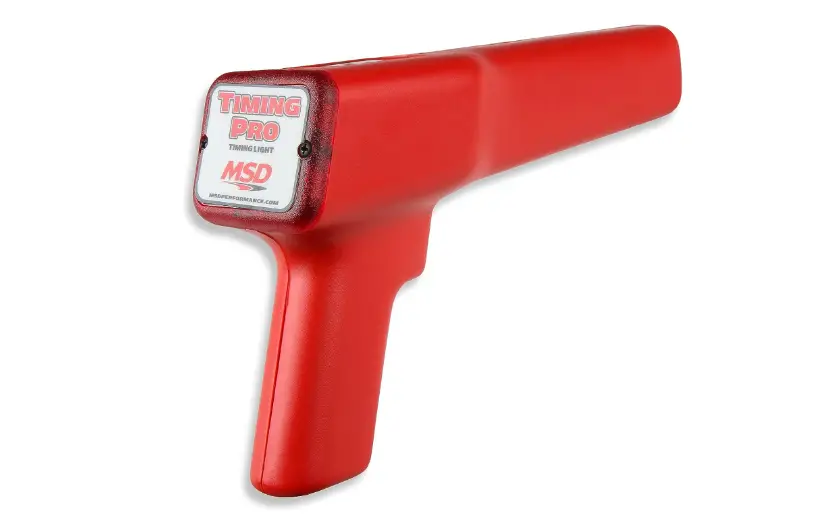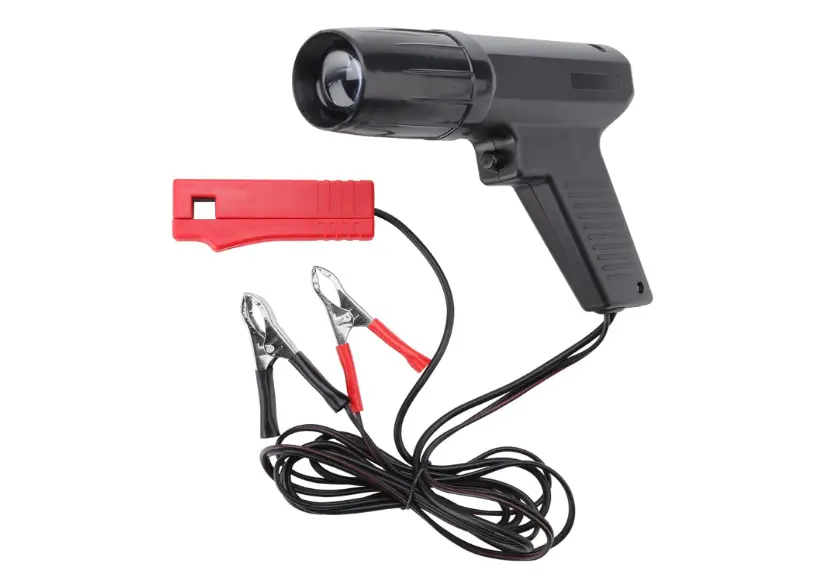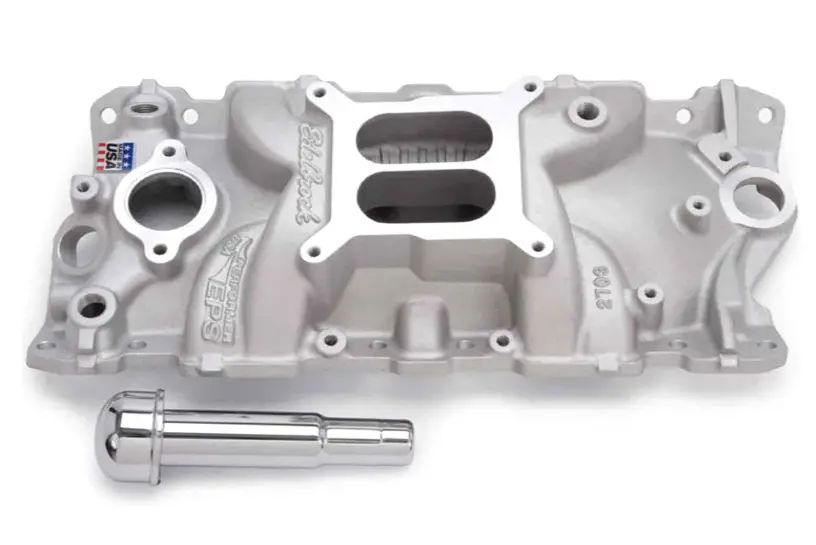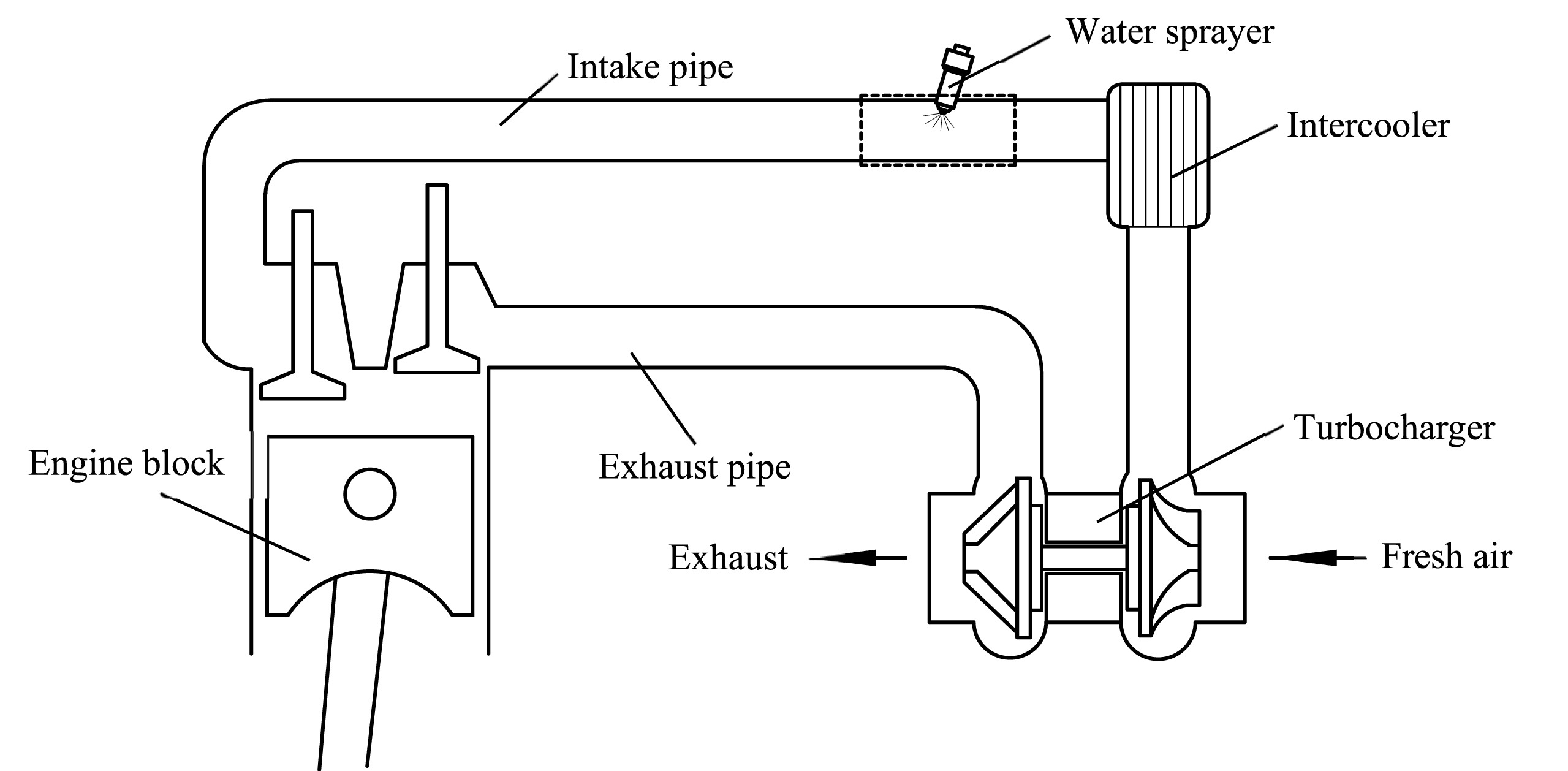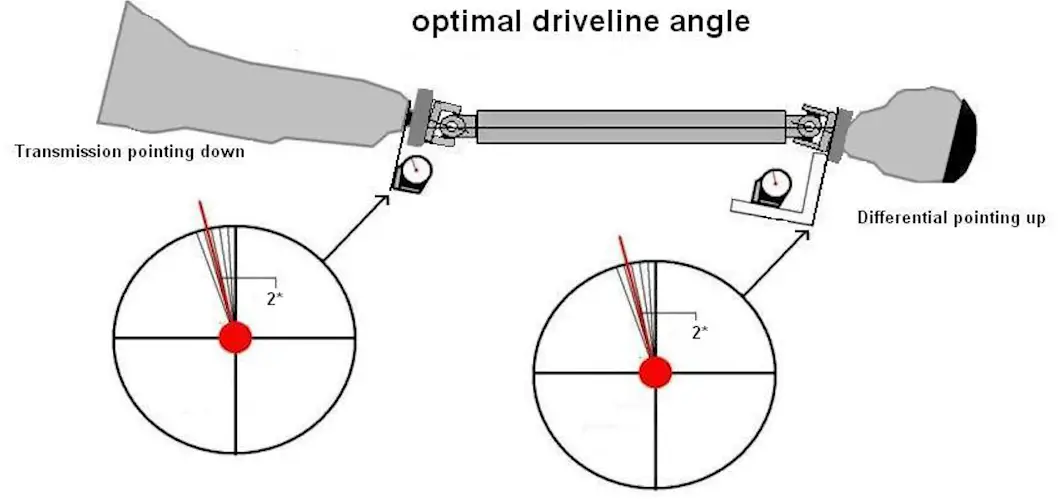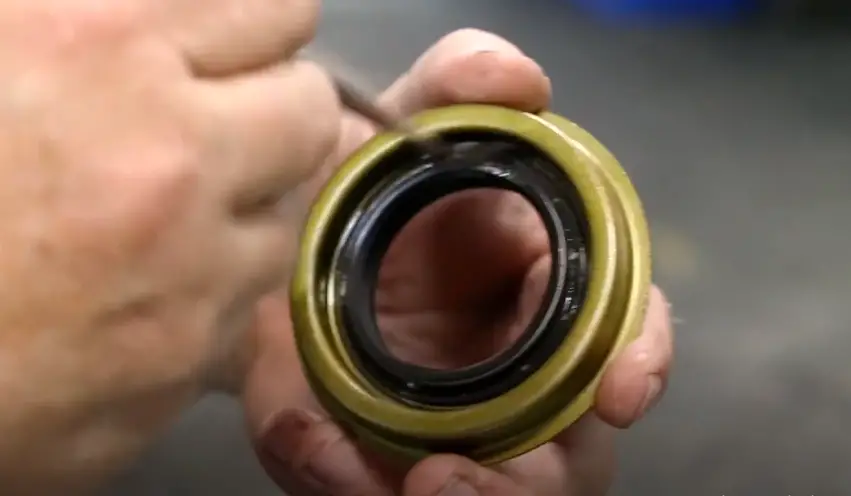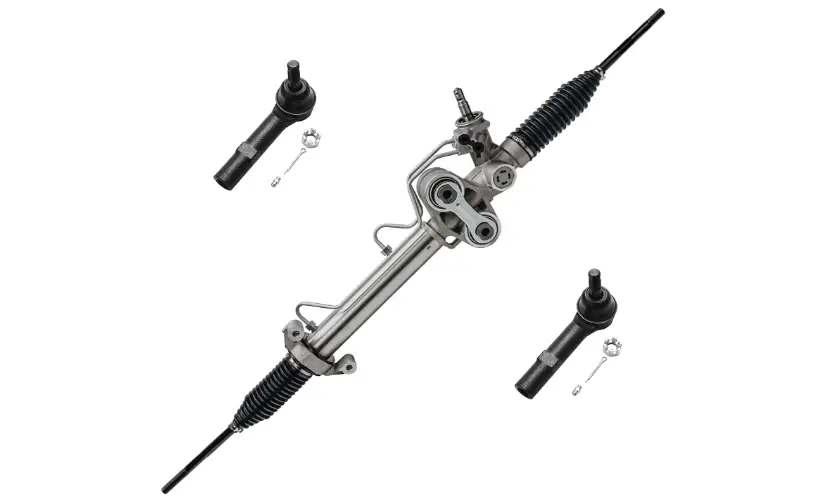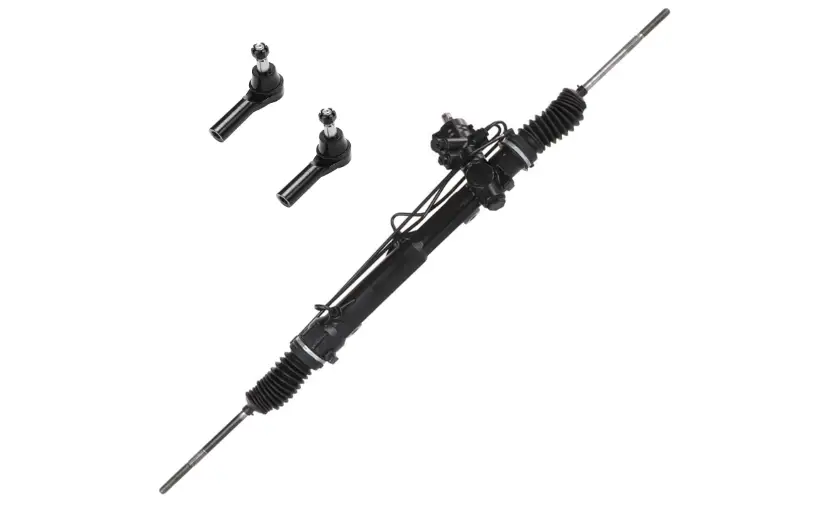What Timing Light Works with MSD Ignition: A Comprehensive Guide
When choosing a timing light for MSD Ignition systems, it’s crucial to select one compatible with high-energy, multiple-spark outputs. The MSD Ignition 8992 Timing Light is specifically designed for this purpose, while other models like the INNOVA 5568 Pro-Timing Light and Actron CP7529 Digital Timing Light also offer reliable performance with MSD systems. These lights … Read more
